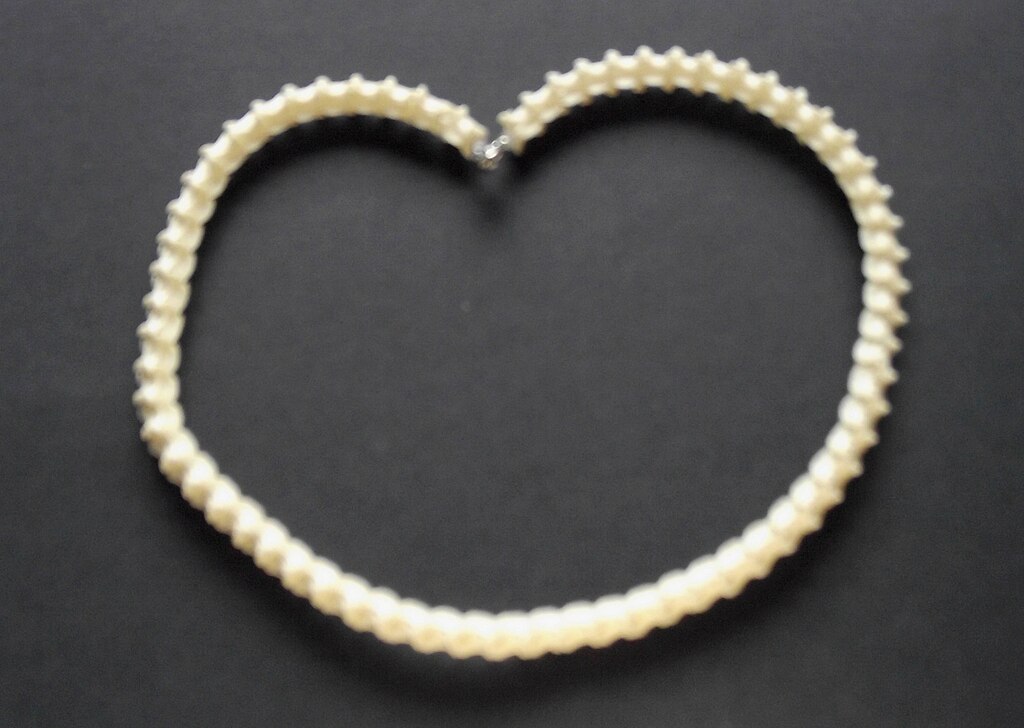Snakes, with their limbless bodies and distinctive movement patterns, represent one of nature’s most remarkable evolutionary adaptations. While living snakes captivate us with their sinuous forms and predatory prowess, their skeletons tell an even more fascinating story—one that spans millions of years of evolutionary history. These skeletal remains provide crucial evidence about how snakes evolved from limbed ancestors, adapted to diverse environments, and developed their specialized feeding mechanisms. By examining snake skeletons through the lens of paleontology, comparative anatomy, and developmental biology, scientists have pieced together the compelling narrative of snake evolution. This article explores how these remarkable reptilian remains serve as time capsules, revealing secrets about the past and helping us understand the complex processes that shaped these extraordinary creatures.
The Ancestral Origins: From Limbs to Limbless
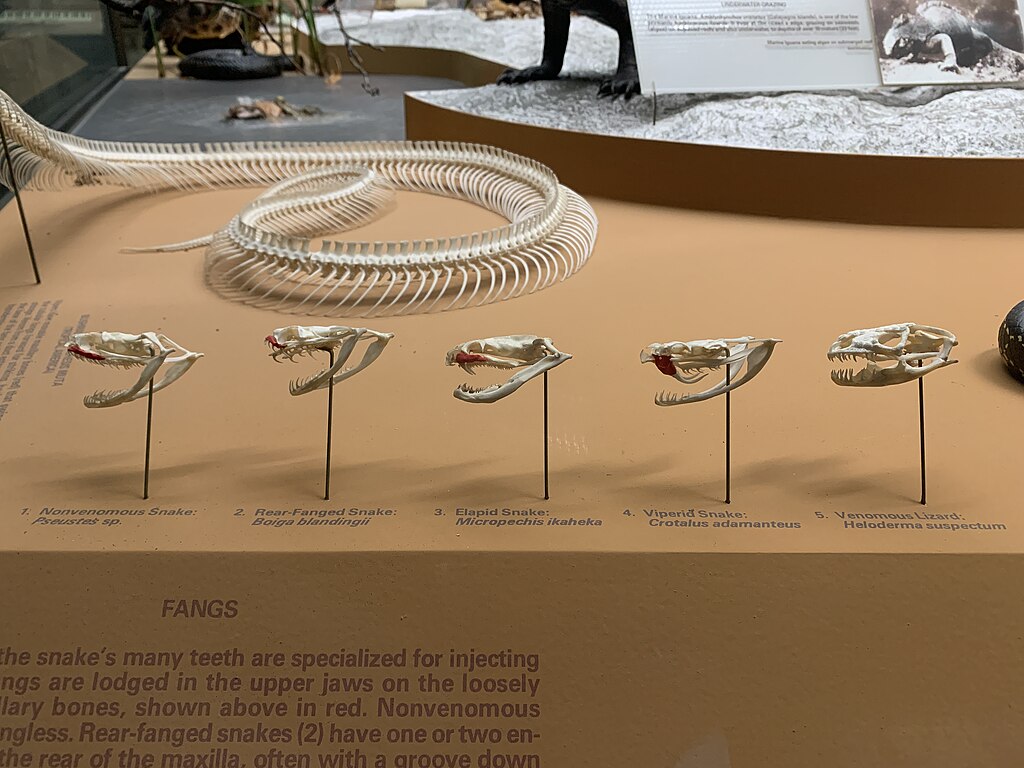
Snake skeletons provide some of the most compelling evidence for the evolutionary transition from limbed reptiles to the limbless form we recognize today. Fossil discoveries like Najash rionegrina, a primitive snake from the Late Cretaceous period (about 95 million years ago), reveal fascinating transitional features including small but functional hind limbs. These fossils challenge earlier hypotheses and suggest that snakes evolved from burrowing lizard ancestors rather than marine ones, as they show adaptations for terrestrial life alongside the beginning stages of limb reduction. The gradual reduction of limbs, as documented through fossil specimens of varying ages, demonstrates evolution’s incremental nature, with each adaptation providing some advantage in the snake’s environment. Perhaps most telling are the vestigial pelvic and femoral bones still present in primitive modern snakes like boas and pythons, serving as evolutionary relics of their limbed ancestry.
Vertebral Modifications: The Backbone of Snake Evolution
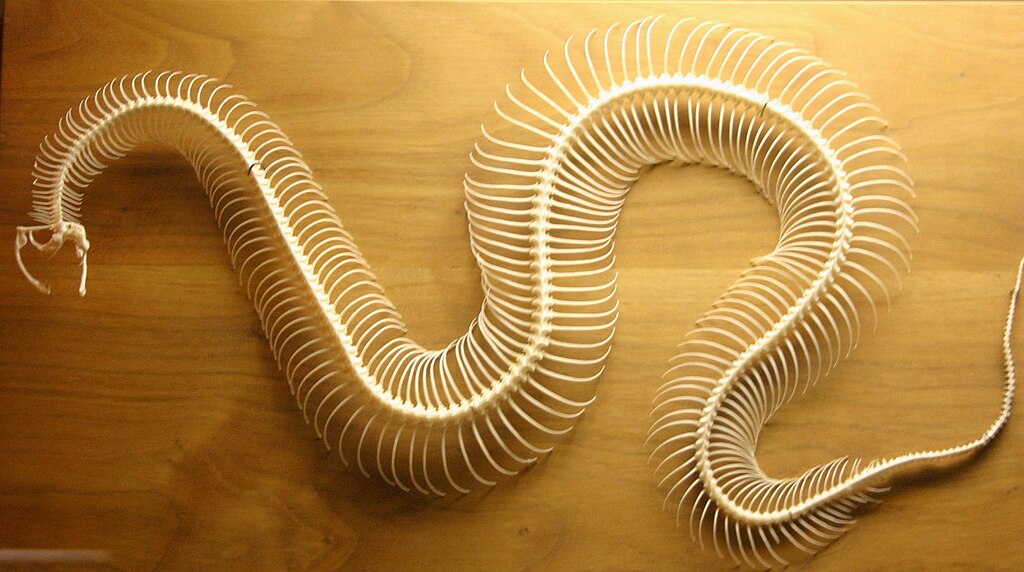
The most distinctive feature of snake skeletons is their vertebral column, which has undergone dramatic modifications to support their unique locomotion and predatory lifestyle. Modern snakes possess between 200-400 vertebrae, a dramatic increase from the 50-80 typically found in their lizard relatives, allowing for their characteristic flexibility and movement patterns. Each vertebra in a snake’s spine has developed specialized articulation surfaces with adjacent vertebrae, creating a system of interlocking joints that permits extensive movement while maintaining structural integrity. The vertebrae also feature expanded neural arches and modified zygapophyses (articulation processes) that enable the dramatic lateral undulation snakes use for movement. Ribs attach to nearly every vertebra along the length of the body, creating a continuous framework that provides both protection and the mechanical leverage needed for locomotion in the absence of limbs.
Skull Transformation: Engineering for Extreme Feeding
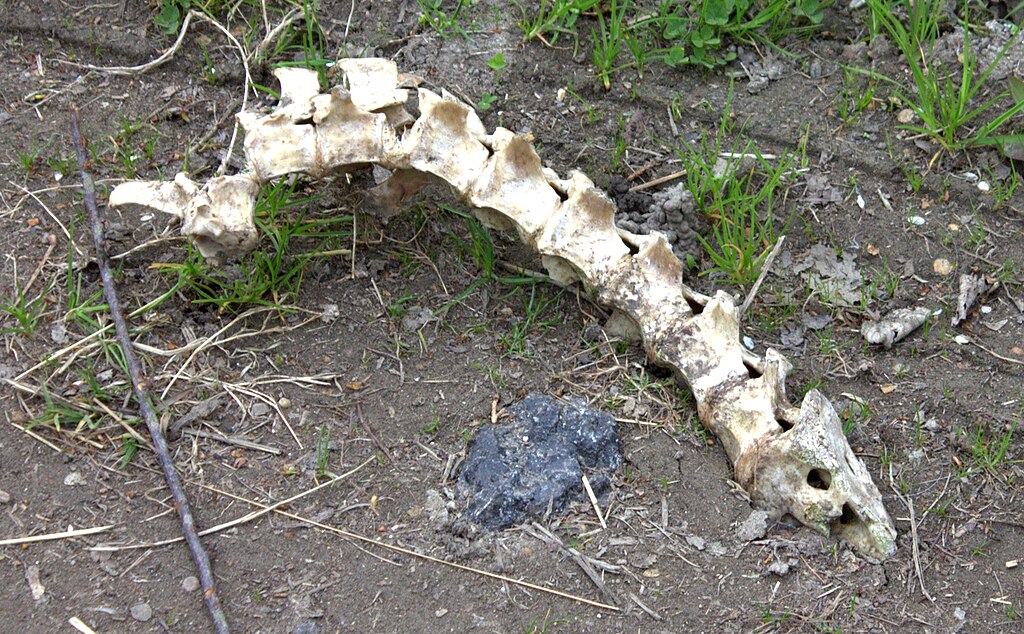
Snake skulls represent one of evolution’s most remarkable engineering solutions, having undergone dramatic modifications to accommodate their unique feeding strategy of swallowing prey whole. Unlike most vertebrates with rigidly connected skull bones, snakes evolved highly kinetic skulls with multiple movable joints that allow the mouth to stretch around prey much larger than their head diameter. The quadrate bone, which connects the lower jaw to the skull, became elongated and mobile, allowing for a dramatically expanded gape. Paleontological evidence reveals that this transformation occurred incrementally, with early snake fossils showing intermediate stages between the more rigid skulls of lizards and the extremely kinetic skulls of modern snakes. Perhaps most dramatic is the loss of the mandibular symphysis (the rigid connection between left and right lower jaw bones), which permits each side of the lower jaw to move independently during feeding, an adaptation clearly documented in the fossil record.
Vestigial Structures: Evolutionary Ghosts
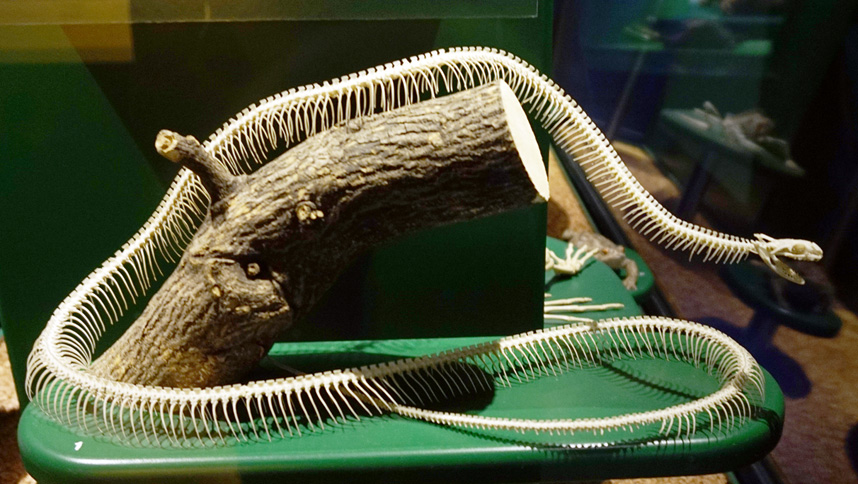
Some of the most compelling evidence for snake evolution comes from vestigial structures—reduced, functionless remnants of features that were fully developed in their ancestors. Pythons and boas retain small pelvic girdles and femurs, despite having no external limbs, representing evolutionary remnants of their limbed ancestors. These vestigial elements aren’t merely curiosities but provide direct evidence of evolutionary history, showing how structures can be reduced when they no longer serve their original purpose. Interestingly, these vestigial elements may serve secondary functions; male boas use their vestigial “spurs” during courtship and mating behaviors, demonstrating how evolution can repurpose existing structures. The pattern of vestigial element retention also follows evolutionary relationships, with more primitive snake lineages typically retaining more ancestral features, creating a nested pattern of character loss that confirms evolutionary predictions.
Transitional Fossils: Capturing Evolution in Action
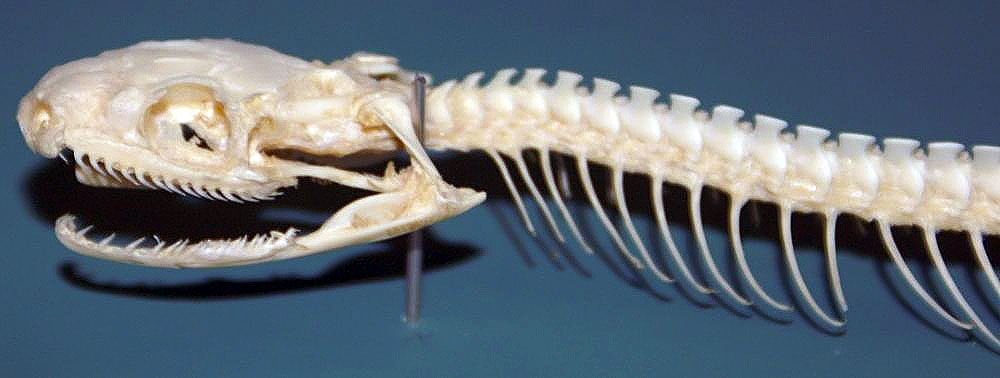
The fossil record of snake evolution, though incomplete, contains several remarkable transitional forms that document the step-by-step transformation from limbed reptiles to modern snakes. Fossils like Tetrapodophis amplectus from the Early Cretaceous period (about 120 million years ago) show both snake-like and lizard-like characteristics, including an elongated body with reduced but present fore and hind limbs. Another crucial transitional fossil, Pachyrhachis problematicus, dates to about 95 million years ago and exhibits a more snake-like body but retains small hind limbs, representing an intermediate stage in limb reduction. These fossils demonstrate that snake evolution proceeded through a series of gradual modifications rather than sudden transformations, with each step conferring some adaptive advantage. The geographic and temporal distribution of these fossils also helps scientists understand when and where major evolutionary innovations occurred in snake lineages.
Developmental Biology: Embryonic Clues
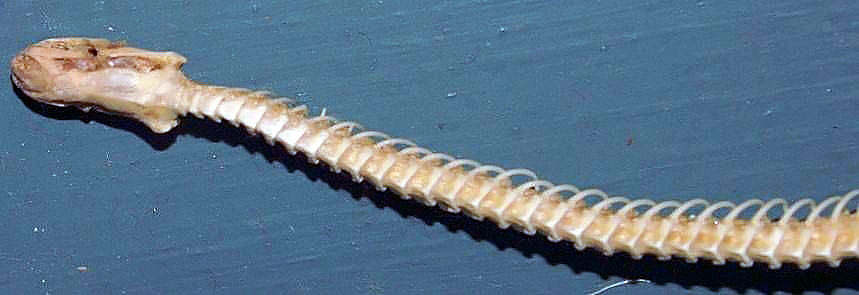
The study of snake embryonic development provides fascinating insights into evolutionary history, often revealing ancestral features that disappear before birth. Snake embryos temporarily develop limb buds during early developmental stages, which subsequently regress as development continues—a phenomenon known as recapitulation that reflects their evolutionary history from limbed ancestors. Molecular studies have revealed that this limb regression occurs due to changes in Hox gene expression patterns, which control body patterning during embryonic development, rather than through loss of the genetic capacity to grow limbs. Python embryos actually initiate the formation of both fore and hind limbs, though only the hind limb buds develop to any significant extent before regression, reflecting their evolutionary history. These developmental patterns provide a window into evolutionary processes, demonstrating how modifications to developmental pathways can produce dramatic changes in adult morphology.
Vertebral Count: The Mathematics of Snake Evolution
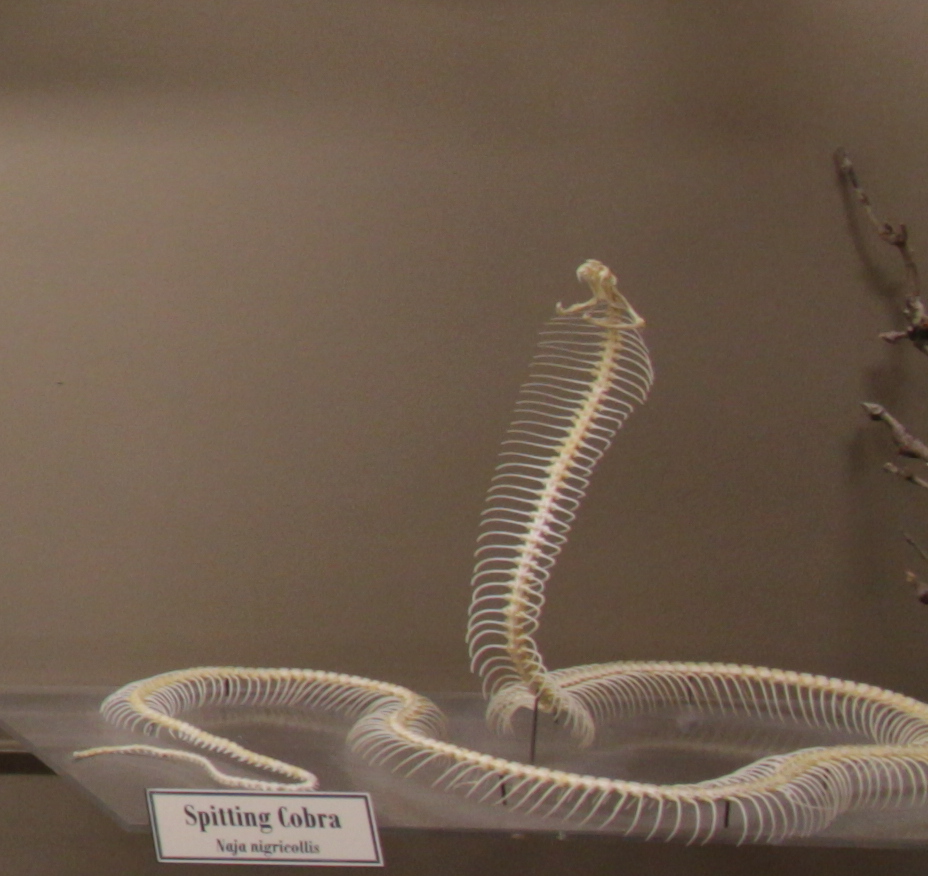
The dramatic increase in vertebral number represents one of the most distinctive features of snake evolution, and skeletons provide direct evidence of this transformation. While lizards typically possess 50-80 vertebrae, snakes have dramatically increased this number, with some species having more than 400 vertebrae—a change that facilitated their elongated body form and unique locomotion. Fossil evidence suggests this increase occurred gradually, with early snake-like reptiles showing intermediate vertebral counts between typical lizards and modern snakes. This vertebral multiplication occurred through evolutionary changes in the expression of Hox genes, which regulate vertebral identity and patterning during embryonic development. Interestingly, different snake lineages show different patterns of vertebral specialization, with aquatic species often having higher counts than terrestrial ones, demonstrating how this fundamental feature continues to evolve in response to ecological pressures.
Rib Modifications: Support Without Limbs
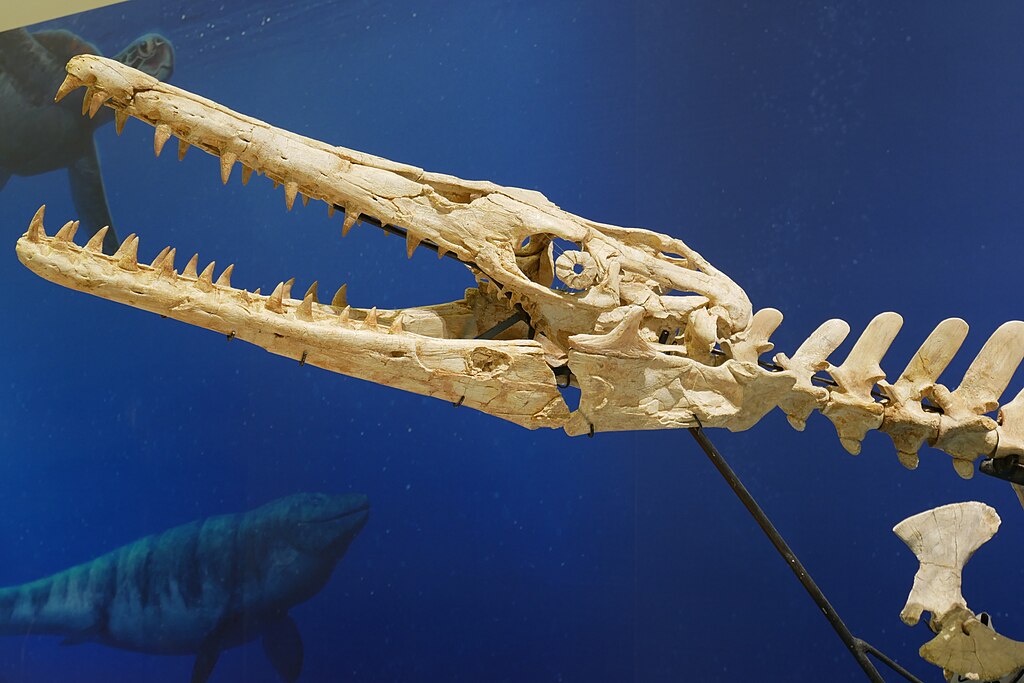
The ribs of snakes have evolved specialized functions beyond their ancestral role of protecting internal organs, becoming crucial to locomotion in the absence of limbs. Unlike mammals, which have ribs restricted to the thoracic region, snakes possess ribs along nearly the entire length of their spine, creating a continuous skeletal framework that aids in movement and provides protection. Each rib articulates with a single vertebra through a mobile joint, allowing for the controlled expansion necessary during the ingestion of large prey and the lateral flexion required for movement. The evolutionary modification of the rib-vertebra joint can be traced through fossil specimens, showing a gradual transition from the more restricted articulation seen in lizards to the highly mobile connections in modern snakes. In some snakes, particularly vipers, the anterior ribs have become specialized to support the expansion of the hood or to accommodate enlarged venom glands, demonstrating how these structures continue to evolve for specialized functions.
Adaptive Radiation: Skeletal Specializations for Diverse Lifestyles

Snake skeletons show remarkable diversity reflecting adaptations to different habitats and feeding strategies, providing a textbook example of adaptive radiation. Fossorial (burrowing) snakes like blindsnakes have reinforced skulls with fused elements and specialized vertebrae that facilitate soil penetration while providing protection for the brain and sensory organs. Arboreal species like vine snakes possess elongated, lightweight vertebrae with reduced processes that enhance flexibility for navigating through branches and maintaining balance. Aquatic snakes show compressed, paddle-like tail vertebrae that improve swimming efficiency, a feature that evolved independently in multiple lineages. Perhaps most dramatic are the specialized vertebral processes in rattlesnakes that support the rattle segments, a unique adaptation that evolved from modified tail scales and the vertebrae that support them, demonstrating how novel structures can arise through the repurposing of existing elements.
Convergent Evolution: Same Solutions, Different Lineages
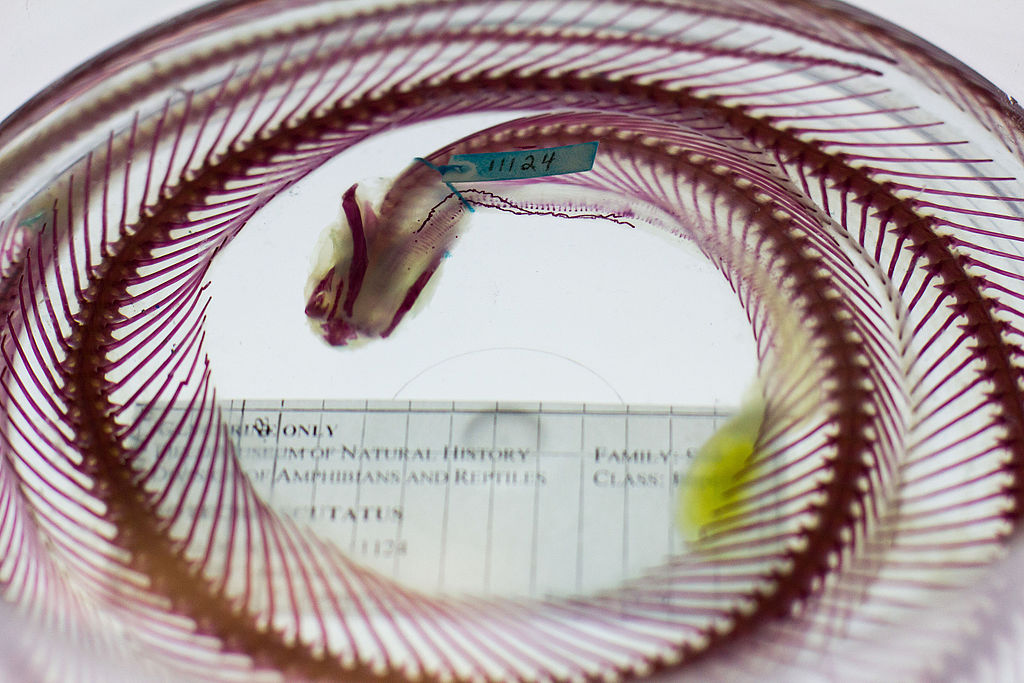
Snake skeletons provide numerous examples of convergent evolution, where similar features evolve independently in different lineages facing similar environmental challenges. The specialized fangs for venom delivery have evolved independently at least three times in snakes, with rear-fanged, fixed-front-fanged, and hinged-front-fanged systems developing similar solutions to the problem of delivering toxins. Vertebral modifications for constriction have appeared separately in pythons (native to Africa, Asia, and Australia) and boas (primarily found in the Americas), despite their evolutionary separation of millions of years. Specialized tail vertebrae for climbing have evolved independently in multiple arboreal lineages across different continents, demonstrating how similar environmental pressures can produce comparable skeletal adaptations. These patterns of convergence provide compelling evidence for natural selection’s power to shape organisms in response to environmental challenges, even in distantly related lineages.
Paleoecological Insights: Ancient Environments and Adaptations
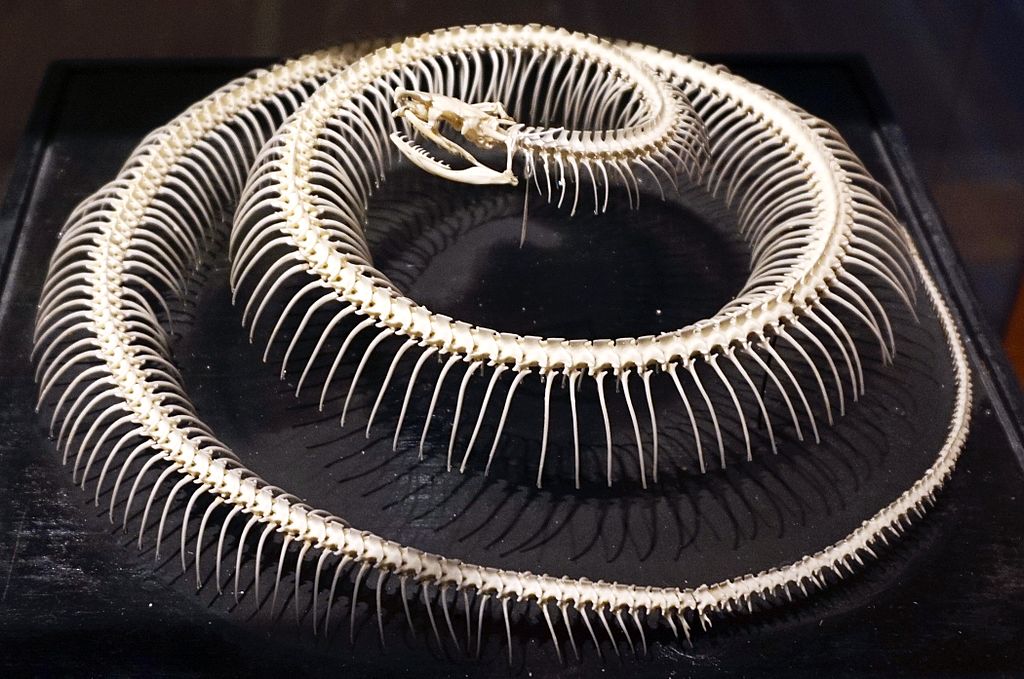
Snake fossils and their skeletal features provide crucial insights into past environments and the ecological roles these reptiles occupied. The earliest definitive snake fossils, dating to the middle Jurassic period (about 167 million years ago), already show adaptations consistent with a fossorial or cryptic lifestyle, suggesting snakes may have originated as burrowers or hidden hunters. Marine snake fossils from the Cretaceous period reveal specialized vertebral features for swimming, indicating successful adaptation to aquatic environments during this time. The appearance of specialized feeding adaptations in fossil snakes correlates with mammalian diversification, suggesting co-evolutionary relationships between predators and prey. By analyzing the functional morphology of fossil snake vertebrae and skulls, paleontologists can reconstruct not only how these ancient reptiles moved and fed, but also gain insights into the habitats they occupied and the ecological communities of which they were part.
Modern Applications: Biomechanics and Robotics
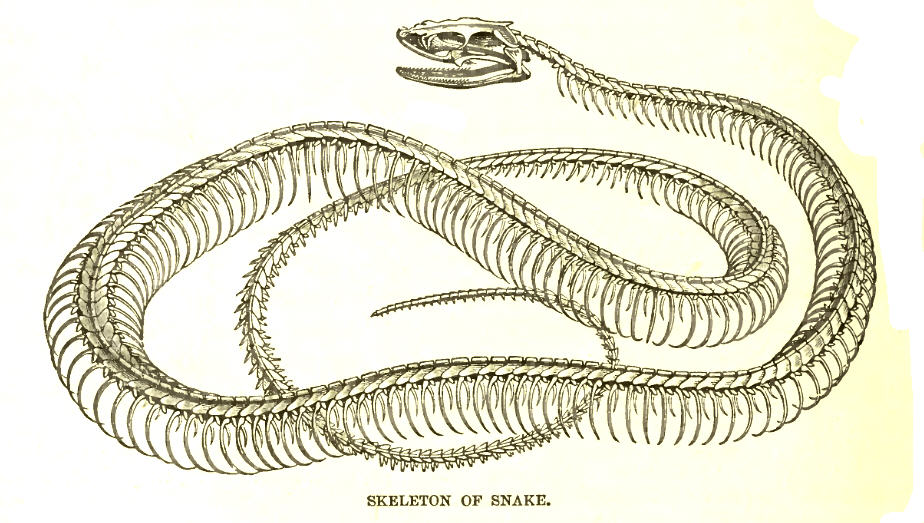
The unique biomechanical properties of snake skeletons have inspired numerous applications in robotics, medicine, and engineering. Snake robots based on the principles of snake vertebral articulation are being developed for search and rescue operations, able to navigate through rubble or confined spaces inaccessible to traditional robots or humans. Medical devices such as endoscopes have incorporated snake-like articulation mechanisms based on the specialized joint systems observed in snake vertebrae, allowing for greater control and maneuverability during minimally invasive procedures. Engineers studying snake locomotion have applied these principles to create novel propulsion systems for vehicles designed to traverse difficult terrain where wheels or tracks would be ineffective. These practical applications demonstrate how evolutionary adaptations perfected over millions of years can provide solutions to modern technological challenges, highlighting the value of studying natural systems for biomimetic innovation.
Future Research: Unanswered Questions in Snake Evolution
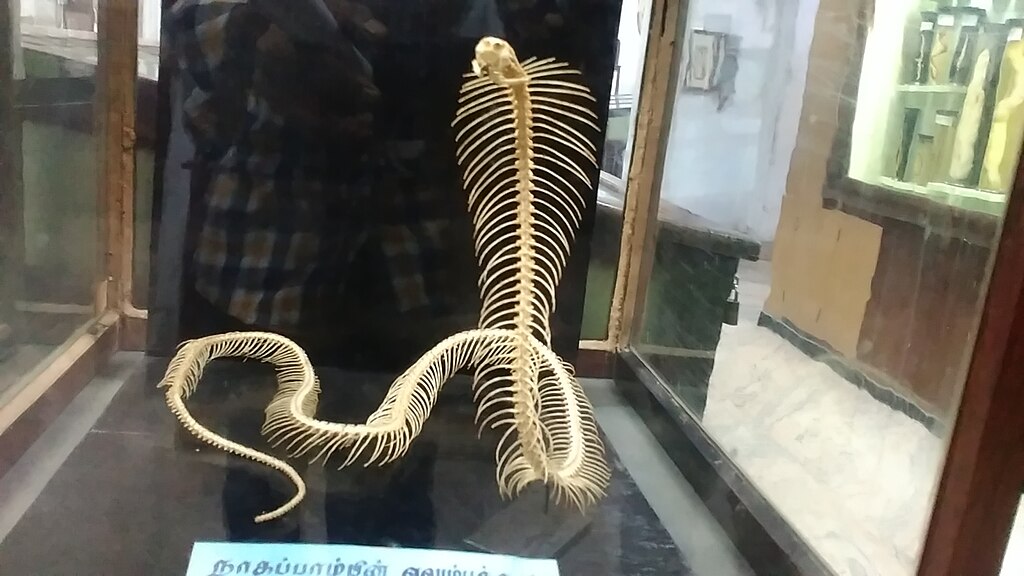
Despite significant advances in our understanding, many questions about snake evolution remain unanswered, driving ongoing research into their skeletal remains. The precise origin of snakes remains contentious, with competing hypotheses suggesting terrestrial, fossorial, or marine ancestries—a question that future fossil discoveries may help resolve. The evolutionary timing and ecological context of major innovations like venom delivery systems and extreme gape adaptations remain incompletely understood, requiring integration of paleontological, molecular, and developmental evidence. Researchers continue to investigate how developmental pathways were modified to produce the dramatic skeletal changes seen in snakes, using modern genomic and embryological techniques to understand evolutionary mechanisms. As new technologies like micro-CT scanning and ancient DNA analysis become more accessible, they promise to reveal previously undetectable features in fossil specimens, potentially resolving longstanding questions about snake evolutionary relationships and adaptations.
Conclusion
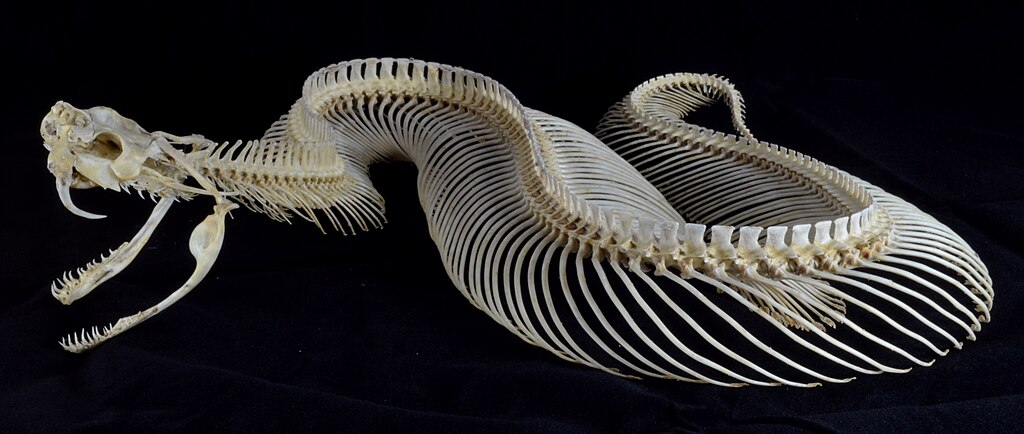
Snake skeletons stand as remarkable testaments to evolution’s transformative power, documenting a fascinating journey from four-legged reptiles to the specialized, limbless predators we know today. Through the stories preserved in fossil bones, vestigial structures, and developmental patterns, we gain profound insights into evolutionary processes—adaptation, speciation, convergence, and the repurposing of existing structures for new functions. These skeletal remains don’t just tell us about snakes; they illustrate fundamental principles of evolution applicable across the tree of life. As research techniques continue to advance, snake skeletons will undoubtedly reveal even more secrets about their extraordinary evolutionary journey, deepening our understanding of how life transforms over time. In these sinuous vertebral columns and specialized skulls, we find not just the history of snakes, but windows into the processes that have shaped all life on Earth.

